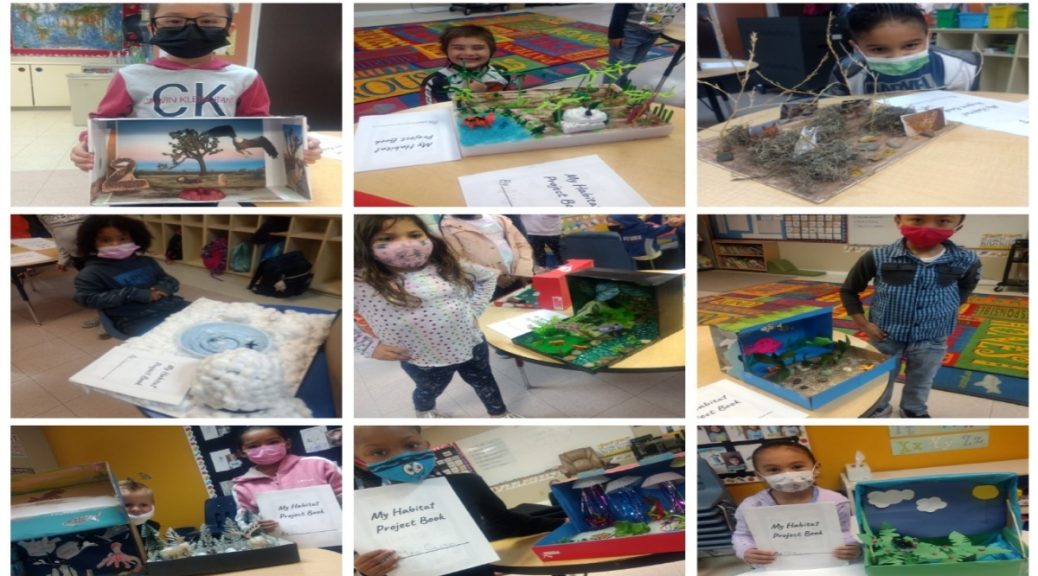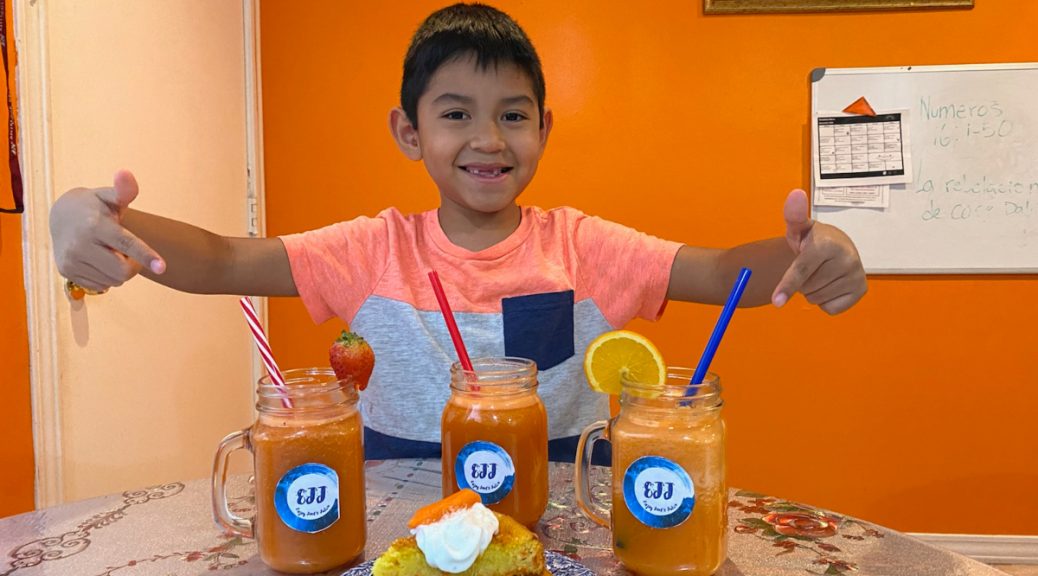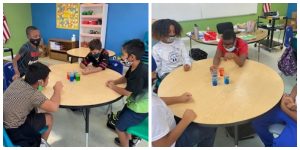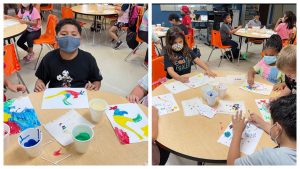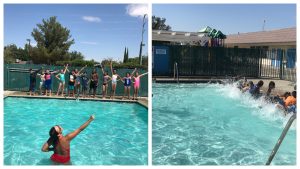iLEAD Schools have embraced entrepreneurship from its inception. After all, the ‘E’ in iLEAD stands for Entrepreneurial Development. Foundationally, working in teams, taking risks and learning from failure nurture entrepreneurism.
Welcome to entrepreneurial education. You can see this entrepreneurial mindset and spirit throughout the iLEAD Learning Community. They are a big part of the iLEAD CTE Pathways. You can see entrepreneurship alive and well in SCVi’s 10th Grade Personal Projects and their Senior Defense Presentations. Each and every year, there are many projects that embrace and incorporate entrepreneurism – often partnering with or connecting to local businesses. Great projects that focus on entrepreneurial skills include examples from high schoolers from Empower Generations, 2nd graders at iLEAD AV and schoolwide from iLEAD Agua Dulce.
The data supports this direction in many ways. Recent surveys showed that 94% of millenials believe that entrepreneurial education is important, 72% of current high schools are interested in being entrepreneurs, and that ⅔ of all learners surveyed have not had any entrepreneurial training or education – or what they have was inadequate.
What are these entrepreneurial skills? Well according to Dr. William Redford, who opened Entrepreneur High School a couple of years ago, the focus is on the following: ideating, interviewing, thinking visually, analyzing text and date, working in teams, prototyping, providing feedback, writing, storytelling, experimenting, pitching and reflecting.
Beyond the skills, Redford believes that an entrepreneurial focus is an ideal avenue for today’s learners and tomorrow’s leaders.
“It’s really about instilling the mindset of an entrepreneur,” said Redford. “We think this is the ideal way to instill confidence, leadership, persistence and other traits that all learners need to compete at all postsecondary and career options.”
Redford said that the challenge for educators and schools is to create and cultivate learning cultures and environments that truly teach learners to think unconventionally and nurtures unconventional talents and skills.
Many in the field are also focusing on entrepreneurial curriculum and skills acquisition in the digital realm. Leading this effort from the higher education level is Arizona State University and their online Prep Digital Program (ASU Prep Digital Courses) which includes four Entrepreneur courses. ASU Prep Digital is even recommending what courses all high schools should take to upskill their entrepreneurial skill set: 7 Courses For Future Entrepreneurs. There are many private companies working to fill this gap and offer various digital entrepreneur education and skill development programs. Odysseyware Small Business Entrepreneurship, Alison and Entre Skills are just a few examples.
Entrepreneur schools and curriculum/courses are undoubtedly going to continue to expand throughout the K-12 world. However, what could all schools, facilitators and courses begin doing to address this unique skills set seemingly so applicable to the new economic futures of all our learners? Here are a few suggestions:
Learner Startups
What if we created opportunities to launch learner ideas? This is foundational in project-based learning and other related pedagogical approaches. Whether it be in our core or elective classes, what if learners have the chance to not only launch their own ideas and projects? What if their work could be realized in the form of a business or non-profit approach to solving a problem that exists in the real world? Think of a Kickstarter-type instructional approach where learners had to produce final products that were real life business or nonprofit entities that they had to create, produce, brand and go public with as part of the class. Senior Projects, Capstone Projects or Independent Projects such as #20Time / Genius Hour Projects are just a few examples that allow learners these start-up experiences. It’s not about creating a permanent business or non-profit, but about the journey and process for further application. There are dozens of digital platforms designed to help teachers incorporate this startup mindset into their curriculum and projects. A few are BizWorld, Jumpstart Project, Fix-Ed and Lemonade Stand.
Shark Tank Your School, Class & Projects
As part of this start-up mindset, we learn how to practice and perfect the pitch. We can teach learners the power and application of that elevator speech that can elicit support, buy-in and new fans. As often as we can get learners in front of their peers, adult mentors and community partners/experts to practice pitching their ideas and concepts the better. Many school site leaders have started competitive events where learners design and pitch ways to address school wide challenges (bullying, internet safety, drugs and alcohol abuse, anxiety, school safety, etc.) ultimately leading to the best idea(s) being implemented by the school. One great example of educators using the pitch as a means to teach students skills is the STEMIE Coalition, This is a network of more than 30 invention and entrepreneurship programs across the US designed to elevate K-12 innovation and entrepreneurship education to a national level. They intend to bring this “Shark Tank” – like mindset to more than 10 million learners in the coming years.
Technology
Tech integration in education is moving at light speed. And although it should not be about the tool (should be about the process and product enhanced by tech), there are tremendous technology tools and phenomena that can be deployed with students once embarking on entrepreneurial projects and activities. And not only do we advance learner work, but also learner technology literacy necessary to succeed in the new economy. Social Media is a great area to start. Most of our high schoolers and even younger people are on Instagram, Snapchat, Twitter or others. We need to model for them how business and nonprofits use these tools to market, brand, recruit, compete and grow. Crowdsourcing is another concept students can learn and apply to projects. Think of the ultimate digital collaboration in which individuals or organizations obtain goods and services, including ideas and finances, from a large, relatively open and often rapidly-evolving group of internet users. Many learners are already using crowdsourcing and crowdfunding to enlist public support of their projects and entrepreneurial ventures. Crowdfunding allows individuals to raise small amounts of money from a large number of people through online and social media networks. Any learner’s company, non-profit or project can be exposed to the power of Go Fund Me and Kickstarter. These not only can move a learner project forward publicly, but also allow them to feel the power of networking, collaboration and technology. Finally, we can leverage the technology to facilitate learners creating, showcasing and sharing their own Digital Portfolios. They can leverage dozens of free website design and portfolio platforms. This will be their resume and their practice in personal branding.



